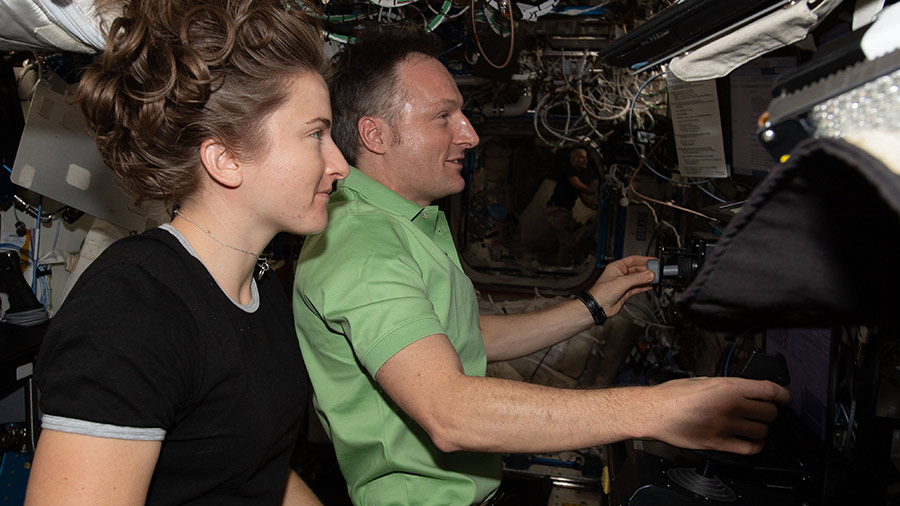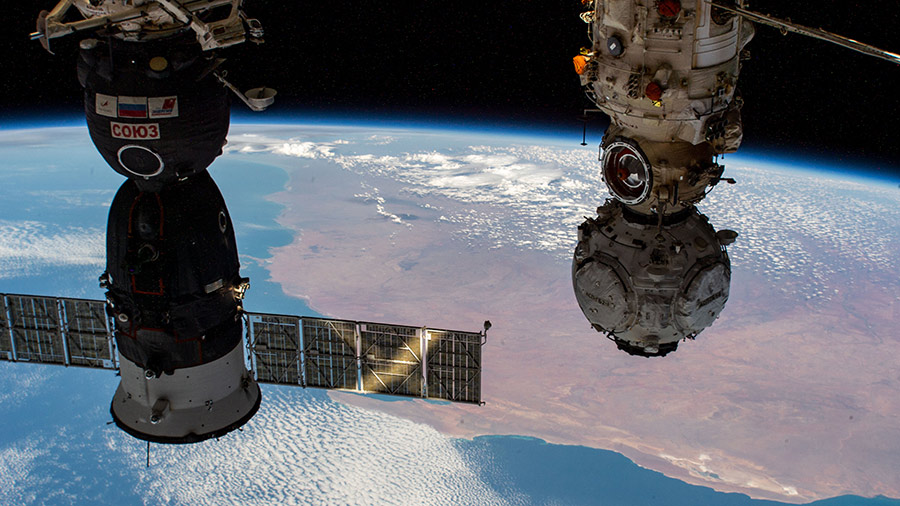
NASA Television coverage of today’s spacewalk with cosmonauts Anton Shkaplerov and Pyotr Dubrov of the Russian space agency Roscosmos is now underway and is also available on the NASA app and the agency’s website.
The crew members of Expedition 66 are preparing to exit the International Space Station‘s Poisk module on the space-facing side of the station’s Russian segment for a spacewalk expected to begin at approximately 7 a.m. EST and last approximately seven hours.
During the spacewalk, the cosmonauts will install handrails, rendezvous antennas, a television camera, and docking targets on Prichal, which automatically docked to the Nauka multipurpose laboratory module in November.
A Soyuz spacecraft carrying three cosmonauts, who will be part of the Expedition 67 crew, is the first scheduled docking to Prichal, planned for March.
Shkaplerov will serve as extravehicular crew member 1 (EV1) and will wear a Russian Orlan spacesuit with red stripes. Dubrov will wear a spacesuit with blue stripes as extravehicular crew member 2 (EV2). This will be the third spacewalk in Shkaplerov’s career and the fourth for Dubrov. The first spacewalk at the station in 2022 also will be 246th spacewalk for space station assembly, maintenance, and upgrades.
Learn more about station activities by following the space station blog, @space_station and @ISS_Research on Twitter, as well as the ISS Facebook and ISS Instagram accounts.
Get weekly video highlights at: http://jscfeatures.jsc.nasa.gov/videoupdate/
Get the latest from NASA delivered every week. Subscribe here: www.nasa.gov/subscribe









